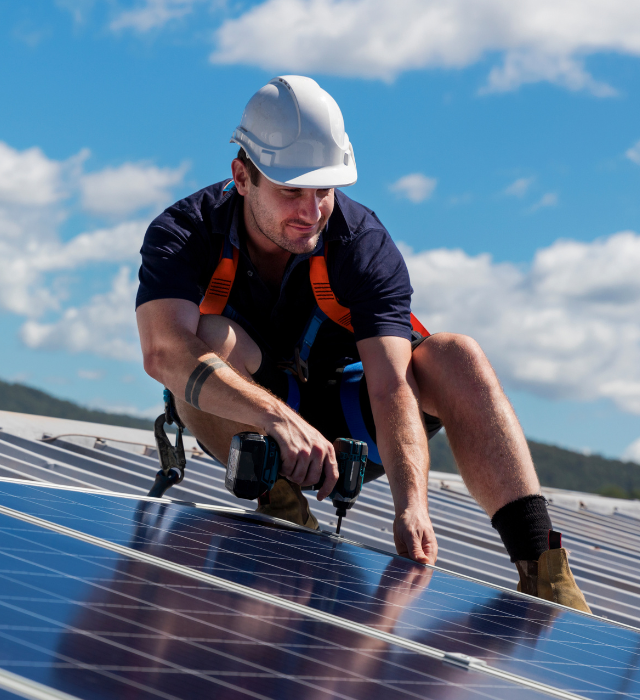
As the sunniest time of the year approaches, it’s essential to ensure that your solar energy system is prepared to make the most of the abundant sunlight. Proper preparation can maximize your energy production, enhance the efficiency of your system, and ensure that you are harnessing the full potential of solar power. This article will guide you through the steps needed to get your solar energy system ready for the peak sunlight season.
Understanding the Importance of Seasonal Maintenance
Solar energy systems are designed to be low-maintenance, but seasonal upkeep can significantly enhance their performance. During the sunniest months, typically summer, solar panels can produce more electricity due to the increased intensity and duration of sunlight. However, dust, debris, and shading issues can impede their efficiency. Regular maintenance and preparation can help mitigate these issues, ensuring your system operates at peak performance.
Steps to Prepare Your Solar Energy System
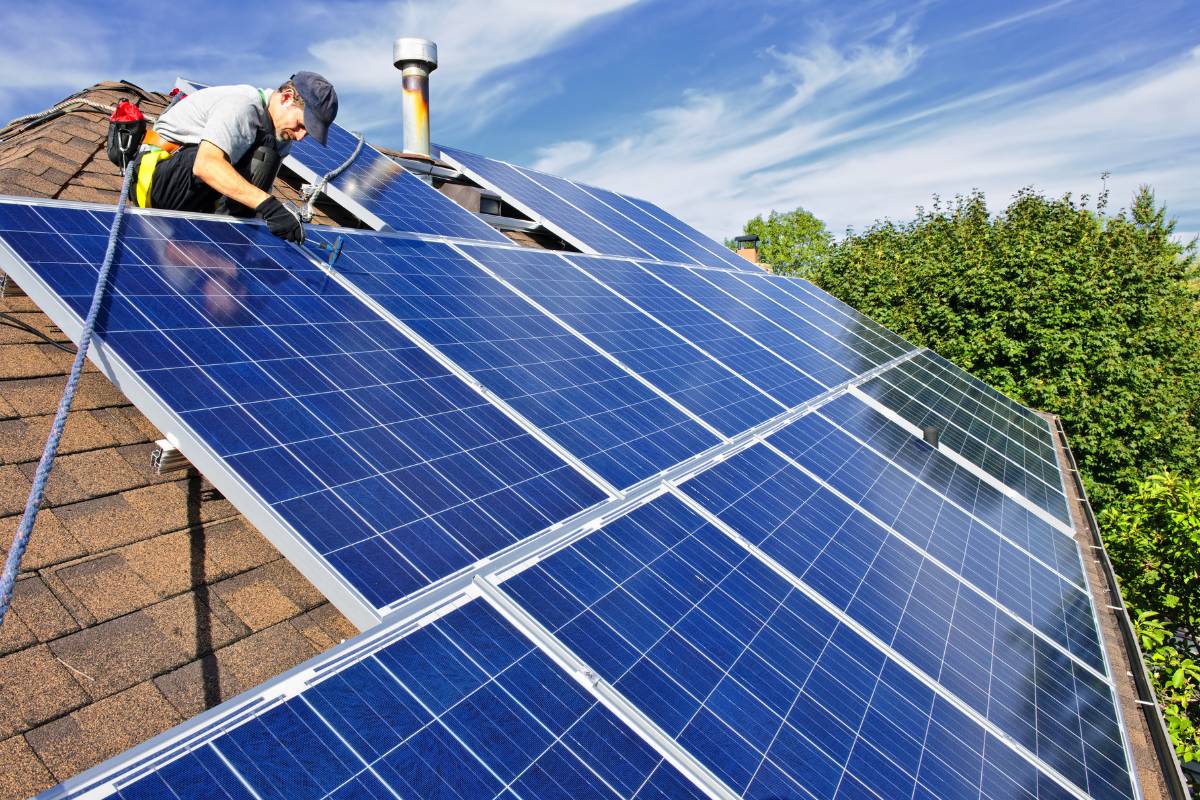
1. Conduct a Visual Inspection
Start by conducting a thorough visual inspection of your solar panels. Look for any signs of damage, such as cracks, chips, or discoloration. Check for loose or damaged wiring and ensure that all connections are secure. Inspect the mounting system to ensure that the panels are firmly attached and properly aligned.
Tips for Visual Inspection:
- Perform the inspection on a clear day to have optimal visibility.
- Use binoculars for a closer look if your panels are mounted on the roof and difficult to access.
- Pay attention to any unusual shading that might have developed since the last inspection.
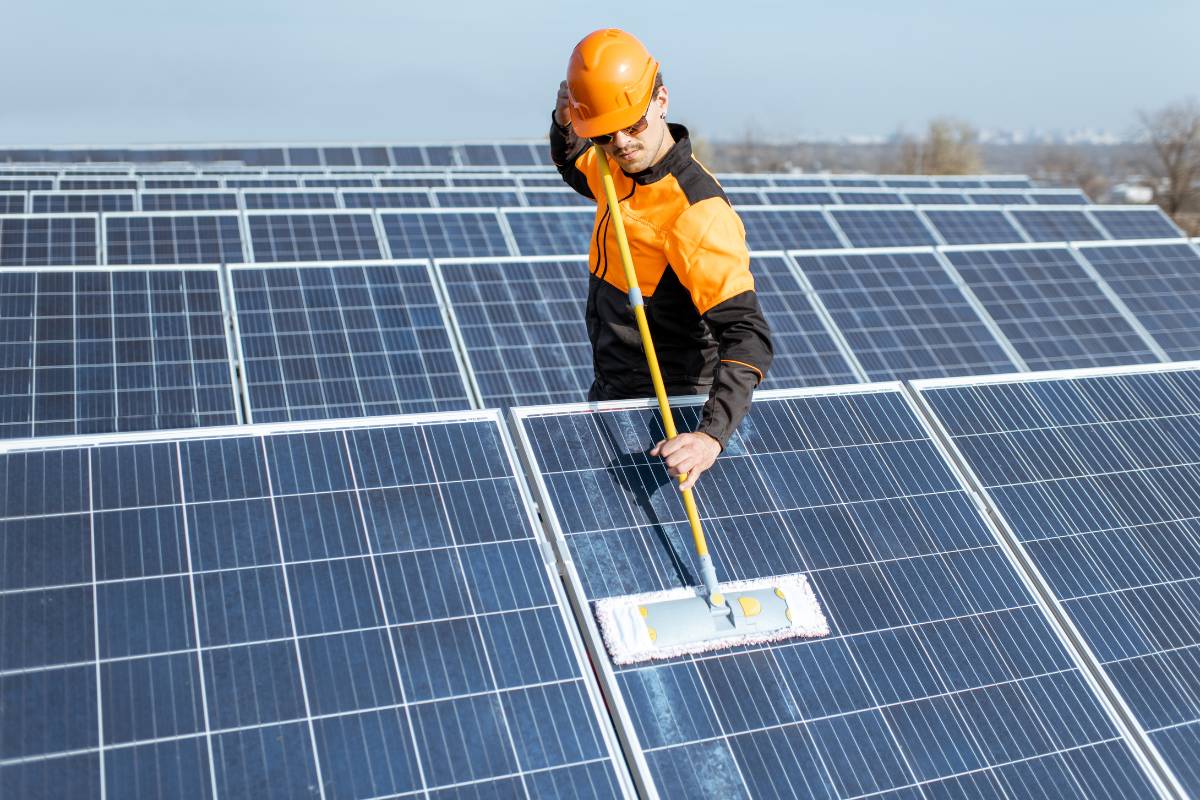
2. Clean Your Solar Panels
Dirt, dust, pollen, bird droppings, and other debris can accumulate on the surface of your solar panels, reducing their efficiency. Cleaning your panels can significantly increase their ability to capture sunlight and convert it into energy.
Cleaning Tips:
- Use a soft brush or a leaf blower to remove loose debris.
- For a more thorough clean, use a hose with a gentle stream of water.
- Avoid using harsh chemicals or abrasive materials that could damage the panels.
- If your panels are difficult to reach, consider hiring a professional cleaning service.
3. Check the Inverter
The inverter is a crucial component of your solar energy system that converts the direct current (DC) generated by your solar panels into alternating current (AC) used by your home. Ensure that the inverter display shows normal operation status. If there are any error messages or warning lights, consult the inverter manual or contact your solar provider for assistance.
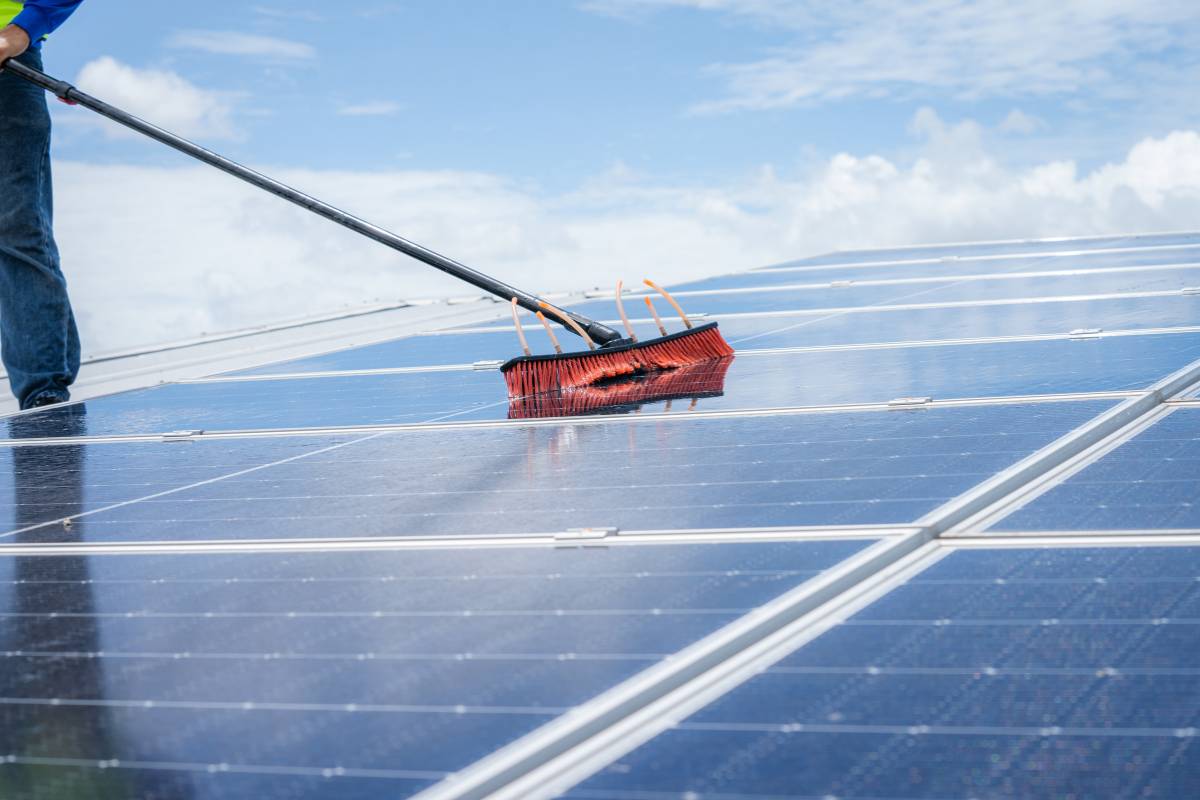
4. Assess Shading Issues
Seasonal changes can affect shading on your solar panels. Trees may have grown, or new structures may cast shadows that weren’t present before. Assess the shading around your panels and trim any overhanging branches or remove obstacles that could block sunlight.
Shading Assessment Tips:
- Use a solar pathfinder or similar tool to evaluate potential shading throughout the day.
- Consider the growth rate of nearby trees and plan regular trimming to prevent future shading issues.
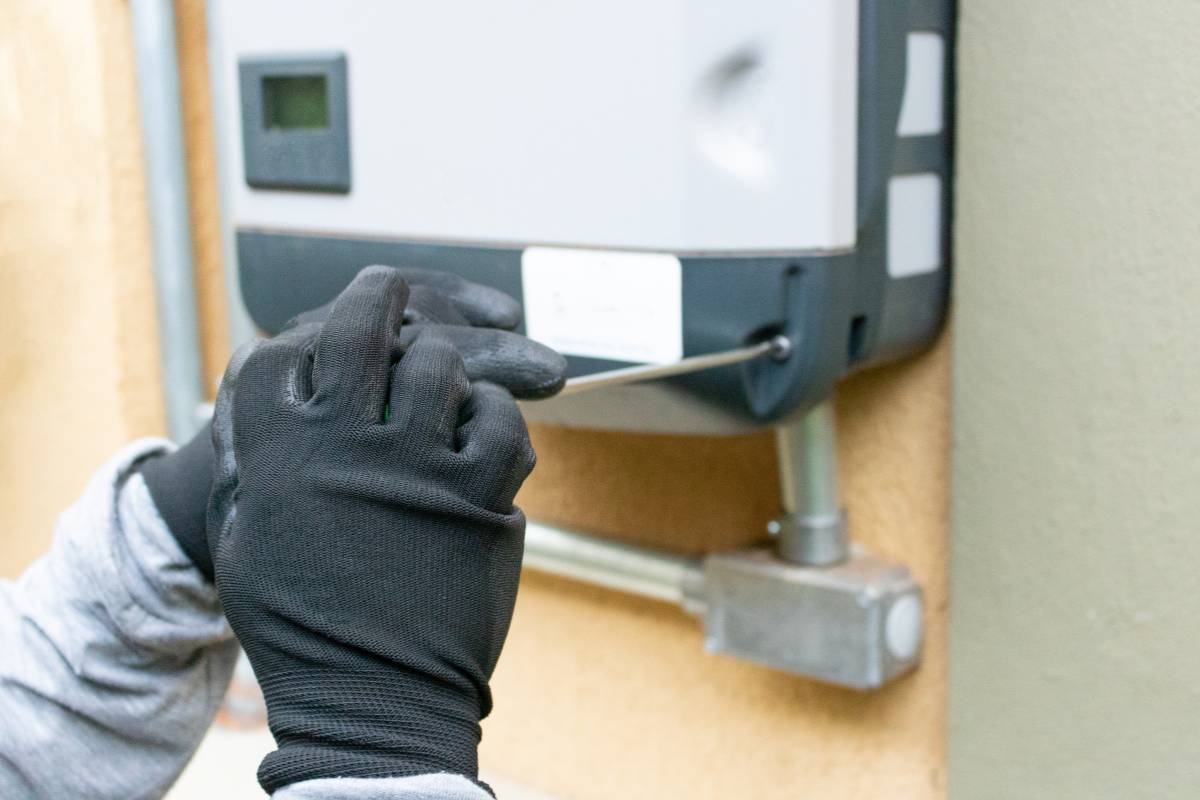
5. Monitor System Performance
Regularly monitoring your solar energy system’s performance can help you identify any issues early and ensure that your system is operating efficiently. Many solar systems come with monitoring software or apps that allow you to track energy production and usage.
Monitoring Tips:
- Set a schedule to review your system’s performance data at least once a week.
- Look for any significant drops in energy production that could indicate a problem.
- Compare current performance data with historical data to spot trends or anomalies.
6. Schedule Professional Maintenance
While many maintenance tasks can be performed by homeowners, it’s beneficial to schedule a professional maintenance check at least once a year. A certified technician can conduct a comprehensive inspection, perform any necessary repairs, and ensure that your system is optimized for peak performance.
7. Update Your Energy Storage System
If you have a solar energy storage system, such as batteries, ensure they are in good working condition. Check the charge levels, and inspect for any signs of wear or damage. Clean the battery terminals and ensure that the connections are secure. If your batteries are older, consider whether it’s time to upgrade to a more efficient model.
Battery Maintenance Tips:
- Keep batteries in a cool, dry place to extend their lifespan.
- Regularly check the electrolyte levels in lead-acid batteries and top up with distilled water if necessary.
- Follow the manufacturer’s guidelines for battery maintenance and safety.
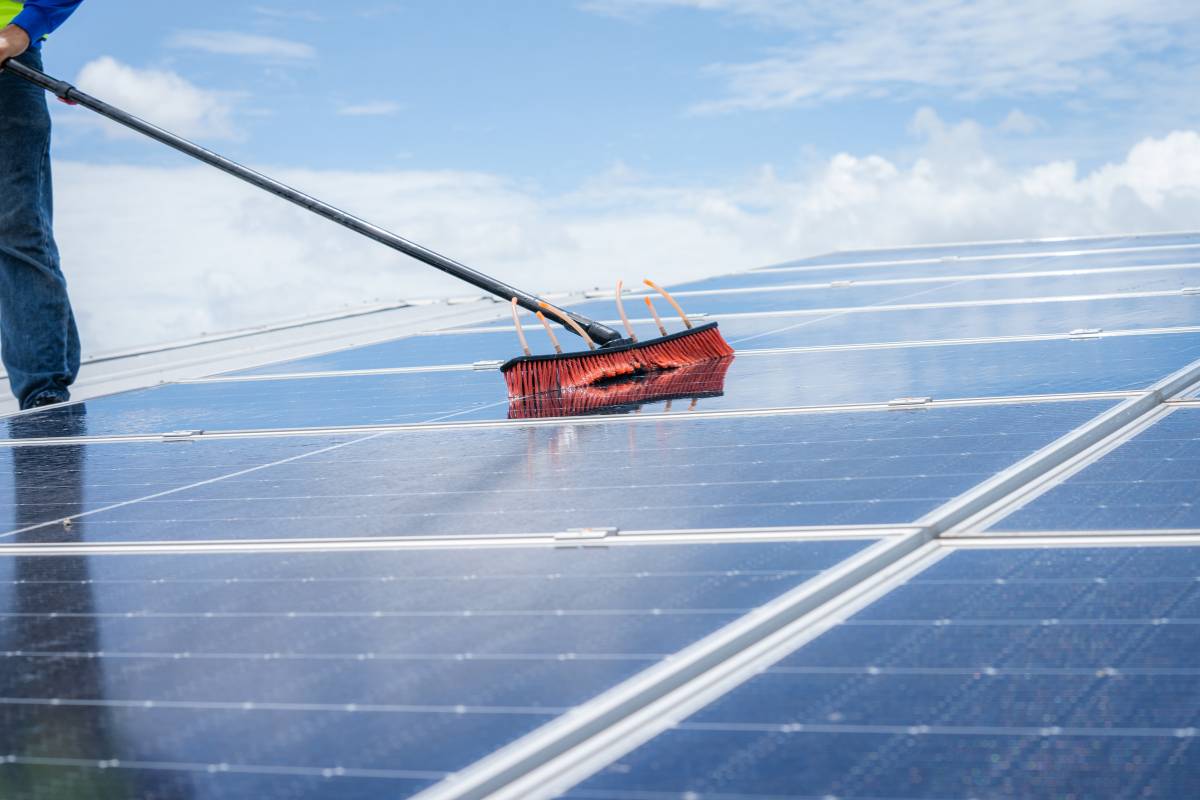
8. Review Your Energy Usage
Maximizing the benefits of your solar energy system also involves managing your energy consumption. Review your household’s energy usage patterns and identify opportunities to shift more usage to daylight hours when solar production is highest. Consider using timers or smart home devices to automate energy-intensive tasks, such as running appliances during peak sunlight hours.
– Enhancing System Efficiency
In addition to regular maintenance, there are several ways to enhance the efficiency of your solar energy system and increase its output during the sunniest time of the year.
– Upgrade Your System Components
Technology advances rapidly, and newer solar panels and inverters can offer significant improvements in efficiency and performance. If your system is several years old, consider upgrading to the latest technology to maximize your energy production.
– Upgrading Tips:
- Consult with your solar provider to determine the best options for your specific system and location.
- Look for high-efficiency panels that offer better performance in low-light conditions and higher overall energy output.
- Consider micro-inverters or power optimizers for better performance in systems with partial shading issues.
– Add More Solar Panels
If space allows, adding more solar panels to your system can increase your energy production and help you take full advantage of the sunniest months. This is especially beneficial if your energy needs have increased or if you want to maximize your return on investment.
– Expansion Tips:
- Ensure that your existing inverter and mounting system can support the additional panels.
- Consider the orientation and tilt of the new panels to optimize sunlight exposure.
- Consult with a professional installer to ensure proper integration with your current system.
– Install a Solar Tracker
Solar trackers adjust the angle of your solar panels throughout the day to follow the sun’s path, maximizing sunlight capture. While more expensive than fixed systems, solar trackers can significantly increase energy production, particularly during the peak sunlight season.
– Solar Tracker Considerations:
- Determine if your location and property layout are suitable for a tracking system.
- Weigh the additional cost against the potential increase in energy production.
- Choose a reliable, low-maintenance tracker to minimize additional upkeep requirements.
– Optimize System Orientation and Tilt
The orientation and tilt of your solar panels play a critical role in their efficiency. Ideally, panels should face true south in the northern hemisphere and true north in the southern hemisphere. The tilt angle should be adjusted according to your latitude and the time of year to maximize sunlight exposure.
– Optimization Tips:
- Use an online calculator or consult with a solar professional to determine the optimal tilt angle for your location.
- Consider adjustable mounts that allow you to change the tilt angle seasonally.
- Ensure that any changes to the orientation or tilt do not void your warranty or compromise the structural integrity of your mounting system.
– Taking Advantage of Incentives and Rebates
Many governments and utility companies offer incentives and rebates for solar energy system upgrades and maintenance. As you prepare for the sunniest time of the year, explore available programs that can help offset the costs of improvements and increase your overall return on investment.
– Incentive Tips:
- Check with local, state, and federal agencies for available solar incentives.
- Look for rebates on energy-efficient upgrades, such as high-efficiency panels or solar trackers.
- Consult with your solar provider for information on current incentive programs and how to apply.
Conclusion
Preparing your solar energy system for the sunniest time of the year is essential to maximizing its performance and efficiency. By conducting regular maintenance, cleaning your panels, monitoring performance, and considering upgrades, you can ensure that your system is ready to harness the abundant sunlight and provide you with clean, renewable energy. Additionally, taking advantage of incentives and rebates can help make these improvements more affordable, enhancing the overall value of your solar investment.
By following these steps and staying proactive about your solar energy system’s maintenance and optimization, you’ll be well-equipped to enjoy the benefits of increased energy production and greater savings on your energy bills during the sunniest months of the year. Embrace the power of the sun and make the most of your solar energy system’s potential!
